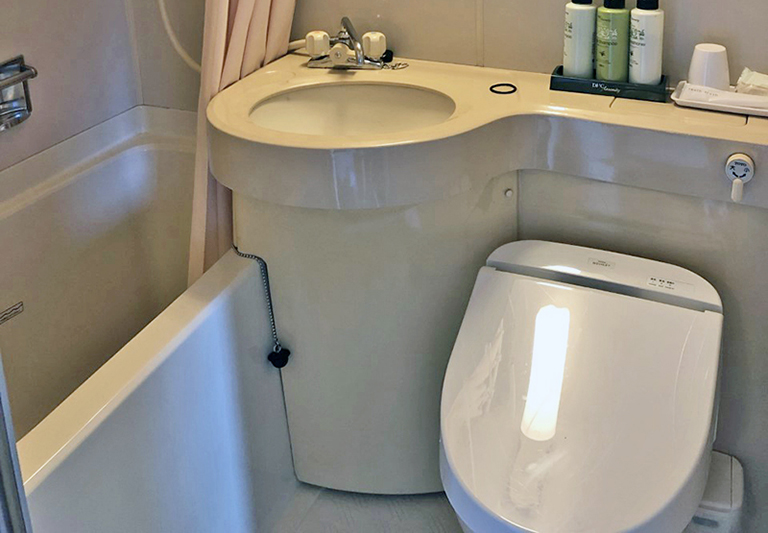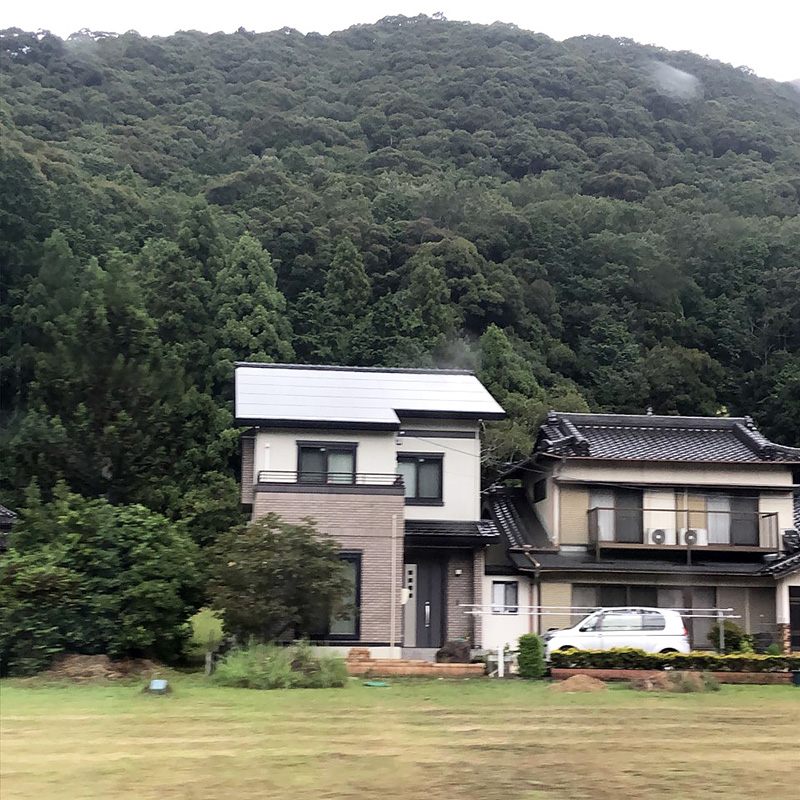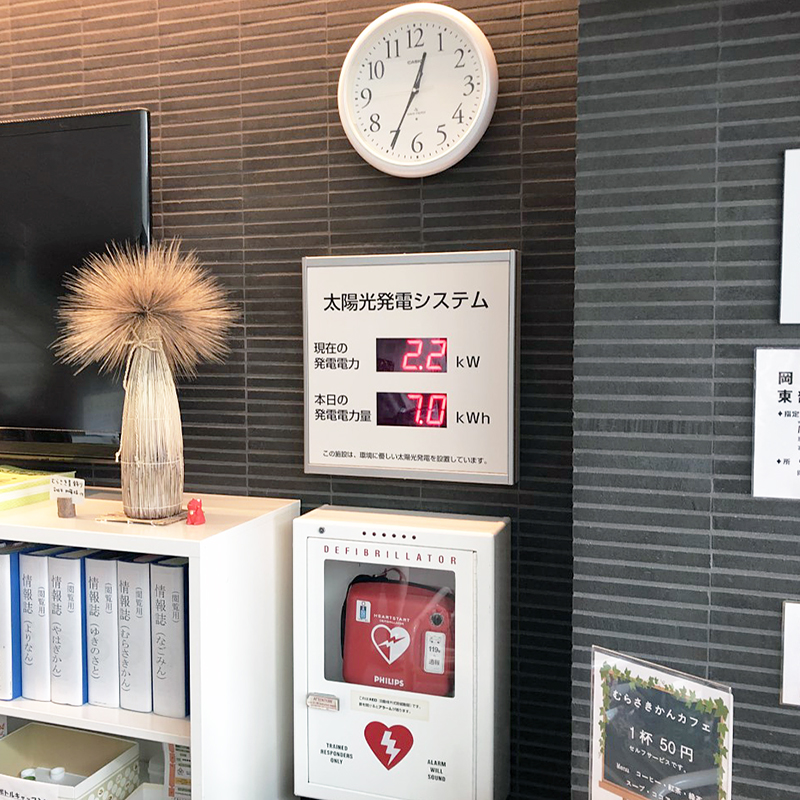Alicia Matavosian: Student Report from 2019 Alternative Fall Break to Japan
Japan was a wonderful place to visit. With the younger generation’s adoration of Western fashion and a widespread knowledge of basic English, it was sometimes easy to forget that we had traveled halfway around the world. Despite the many similarities, there were a few striking differences between what was normal in Okazaki, Japan, versus normal in Knoxville, Tennessee, that I noticed. I’m not sure if it was because power costs more in Okazaki or if the Japanese are simply more environmentally-conscious, but there was a greater awareness of energy consumption in Okazaki.
The first example comes from a little experimentation with the toilets in Japan. Every toilet that I encountered (hotels, restaurants, airports, and guest houses) had two options for flushing: a lighter flush and a heavier flush. Similar functions exist in America, of course, but it was surprising to see this everywhere. In addition to the flush, the toilets also remained without water until the moment when the lid was lifted. Then the toilet bowl would fill to about half the level we see in American toilets.

Another difference in daily necessities was how people dried their clothes. To our surprise, the residences that we stayed in did not own a dryer. Through trial and error, we discovered that the washer could be coerced into wicking the water off the clothes with an additional spin cycle. Left alone, this would result in damp clothing. Turns out that instead of using an energy-hungry drier, people in Okazaki would hang their clothes on a line outside, letting them thoroughly dry in the sun.
Energy was also saved through the use of renewable resources. During our travels around the city, we spotted numerous houses with solar panels along the roof. Some people had lined the south-facing half of their roofing with solar panels and others had enveloped their entire roof. While this was not seen on every house, it was fairly easy to spot at least one or two houses sporting this trend every ten minutes on the road. Solar panels were also occasionally used to power street lights.


The final case of the Japanese being energy-conscious that I noticed was at a community center. This multi-purpose building seemed to keep track of its power output and displayed its results with an energy consumption label, which was placed between a clock and a defibrillator along a wall. While I have seen something similar in museums and exhibits, it was surprising to see this label in a building many people frequented and in a location that attracted attention to its values.
